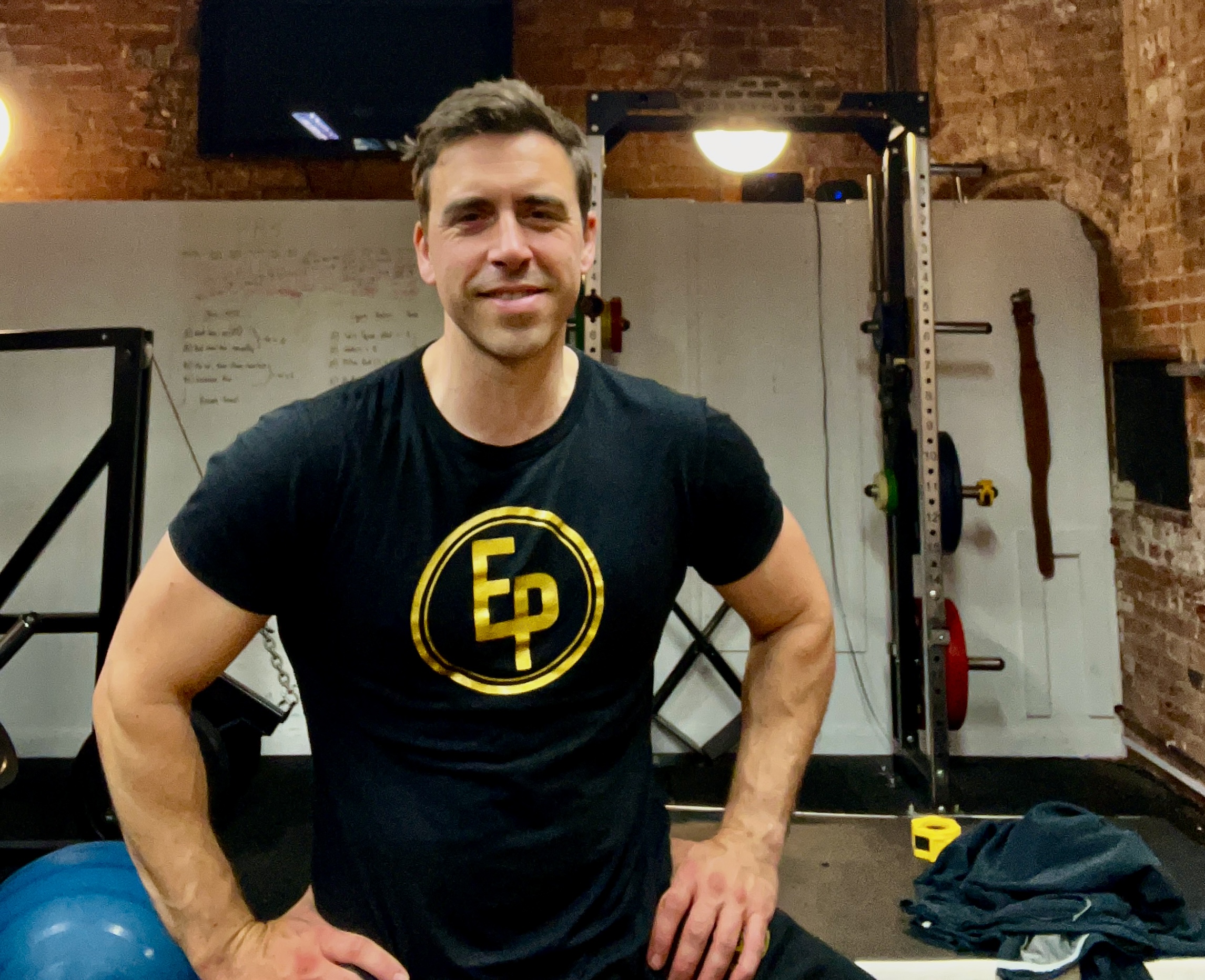A problem well defined is a problem half solved
This is one of my maxims in my performance coaching work. It’s designed to address the problem of getting stuck in vagueness. This very common problem shows up in a great many aspects of life, and it prevents forward progress in people at every level from beginner to pro.
The probelm: Goals are expressed in vague and nebulous ways. The vagueness creates an opaqueness about the whole situation that makes the solutions occult. Bring the problem or goal into clarity, and specificity, and the solutions begin to reveal themselves almost automatically.
Allow me to illustrate with a simple, low stakes example:
Goal: “I’d like to be able to cook better”
It’s vague, to the point of meaning anything from wanting to win a Michelin star, to wanting to be able to make a passable omelette for breakfast. It’s so vague, so poorly defined, that solving the problem is damn near impossible. Go ahead and look at the problem though the eyes of a teacher tasked with solving it. I bet that confusion, and a sense of not being clearly orientated start bubbling up in your mind. That’s also what would happen to the person setting the goal. The process of solving that puzzle just seems so blurry, so nebulous, that even a starting point is difficult to anchor to.
So, lets take that same problem and (in our hypothetical situation) make it really specific. (In coaching sessions we do this through questions and “interrogating” the goal. Not in a mean way).
New, cleaner goal: “I’d like to be able to cook a delicious three course meal for my family of four from scratch, without any pre made components. I want them to finish the meal and honestly say it was the best home cooked meal they’ve had”.
Do the same thought experiment as above with that goal. Straight away you can begin to visualise the steps and specific actions needed to move towards and eventually close that gap. Immediately you can see which questions you might ask to help really zone in on what the next steps might be.
This is a strategy that has incredibly broad applications in our every day lives, right up to our loftiest goals.
It’s super simple in both concept and implementation.
An invitation for you: If the concept of getting stuck in vagueness resonates, if you think this may be playing a role in a stuck project or goal, or in the anxiety raised by a certain problem, begin with awareness. Spend the next week simply recognising when you’re trapped in vagueness. Then take out a pen and paper and drill down until you’ve really clearly articulated it. You should have written down the goal / problem / aim with such clarity that anyone else could read it and immediately get it.
As mentioned above, This is the work I do with coaching clients. The advantages of working with a coach through this process is threefold. Firstly, you’re forced to articulate the subject more clearly, because someone else literally needs to understand it. Secondly, you can’t bullshit a coach as easily as you can yourself. “We are the easiest people to deceive” Richard Feynman once said of our selves when referring to how good scientists avoid confirmation bias. And thirdly, I can see questions you can’t see, because you know all the assumptions you’re making to reach your conclusions. Assumptions that often need testing. If coaching sounds like it could be game changing for you, express interest to me directly at pete@edwardsperformance.uk.
Next steps: Once the problem is well defined, we have to analyse the gap between that goal state and where we are now. Next article; Gap Analysis.

